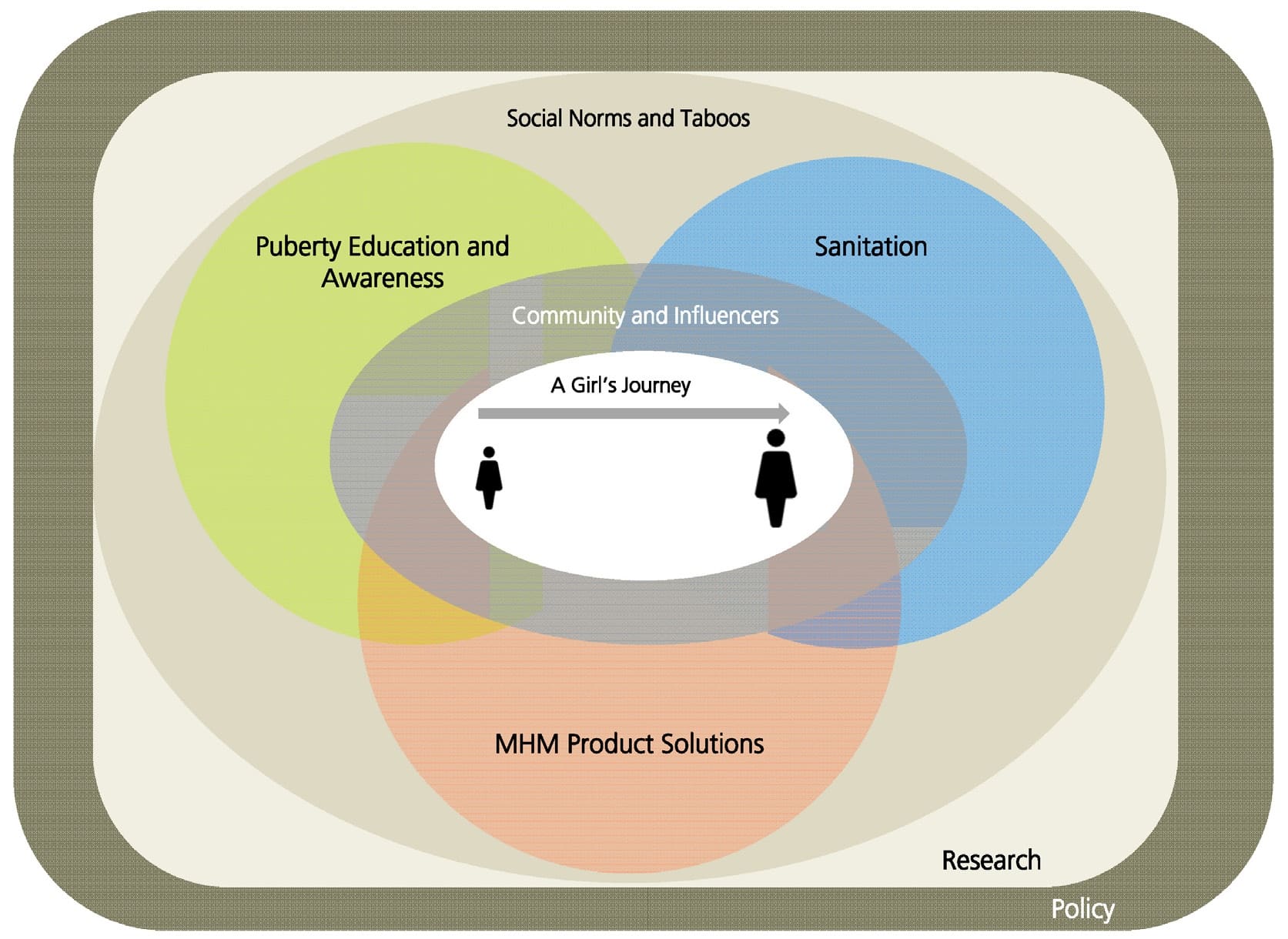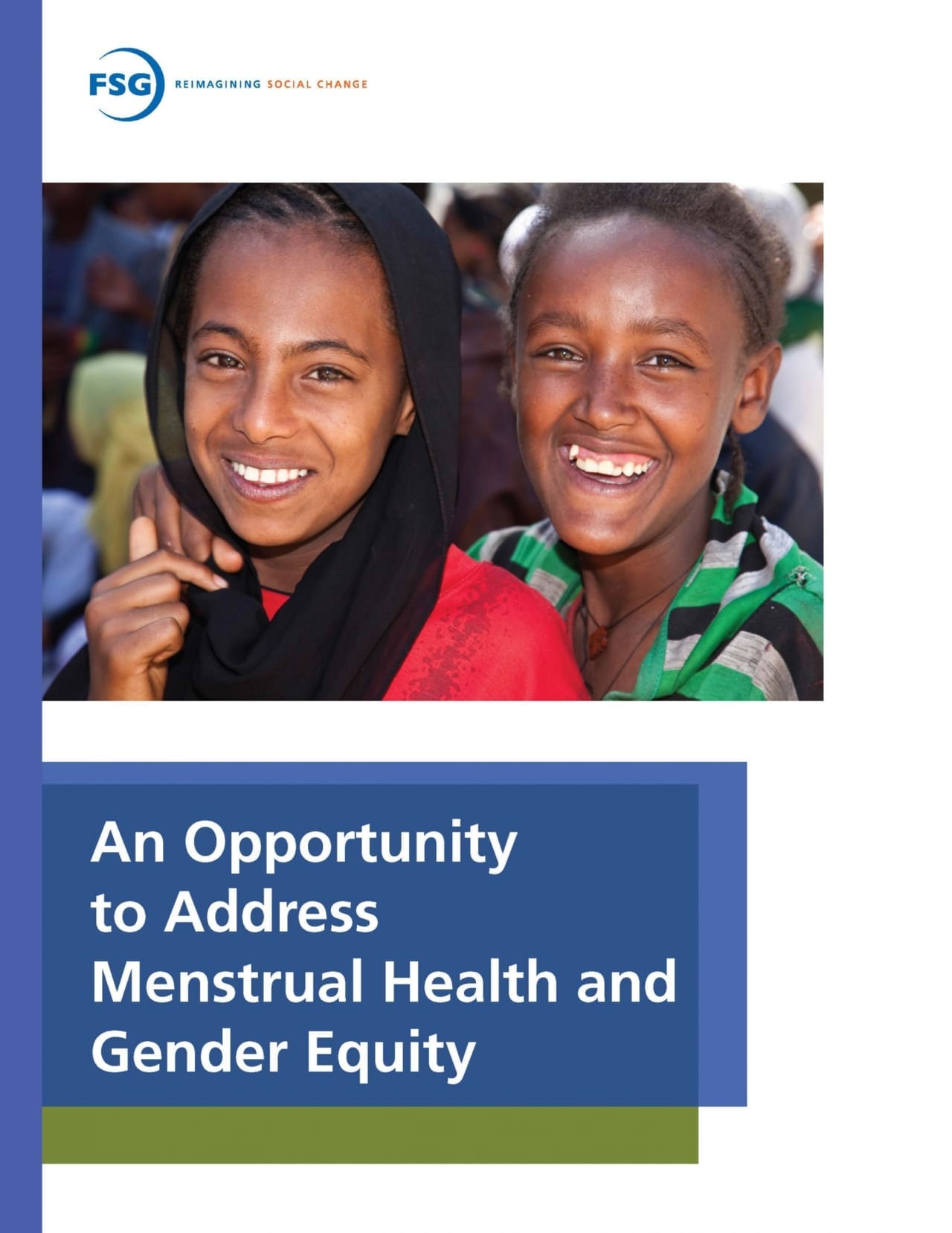Menstruation is a monthly challenge for billions of women and girls worldwide. On any given day, more than 800 million girls and women between the ages of 15 and 49 are menstruating. Challenges with menstruation go beyond practical management to issues that affect the girl and her role in the community. While more governments, funders, and other actors are now addressing issues related to menstrual health, many existing efforts are disparate and siloed, and the field lacks the research needed to mobilize more organizations to get involved.
This report examines the existing research linking menstrual health to broader outcomes around health, social norms, and education; describes the current state of the menstrual health field; and explores opportunities to better support women and girls.
Top Takeaways
- There has been increased momentum from donors, governments, and other private players to address problems related to menstrual health, but the focus to date has largely been on “hardware” (e.g., products and/or facilities). Few governments, corporations, and NGOs are looking at menstrual health as a systemic problem and thus are missing the opportunity to address the problems sustainably and at scale. There have been limited rigorous evaluations of menstrual health programming to understand what works and is replicable at scale.
- Evidence about the impact of poor menstrual health on other health, development, and empowerment outcomes is scant, not statistically significant, and largely inconclusive suggesting a need to invest in targeted research to mobilize targeted players in the field.
- Girls’ experience with menstruation is inextricably linked to a broader set of changes affecting girls during puberty. The field needs to explore where menstruation can serve as an opportunity to access girls at a critical transition point in her life. With finite resources available to address issues facing adolescents, understanding the links between menstrual health and a broader set of norms can help to identify if there is an opportunity to influence a cross-cutting set of outcomes and set girls on a longer-term path to success.


